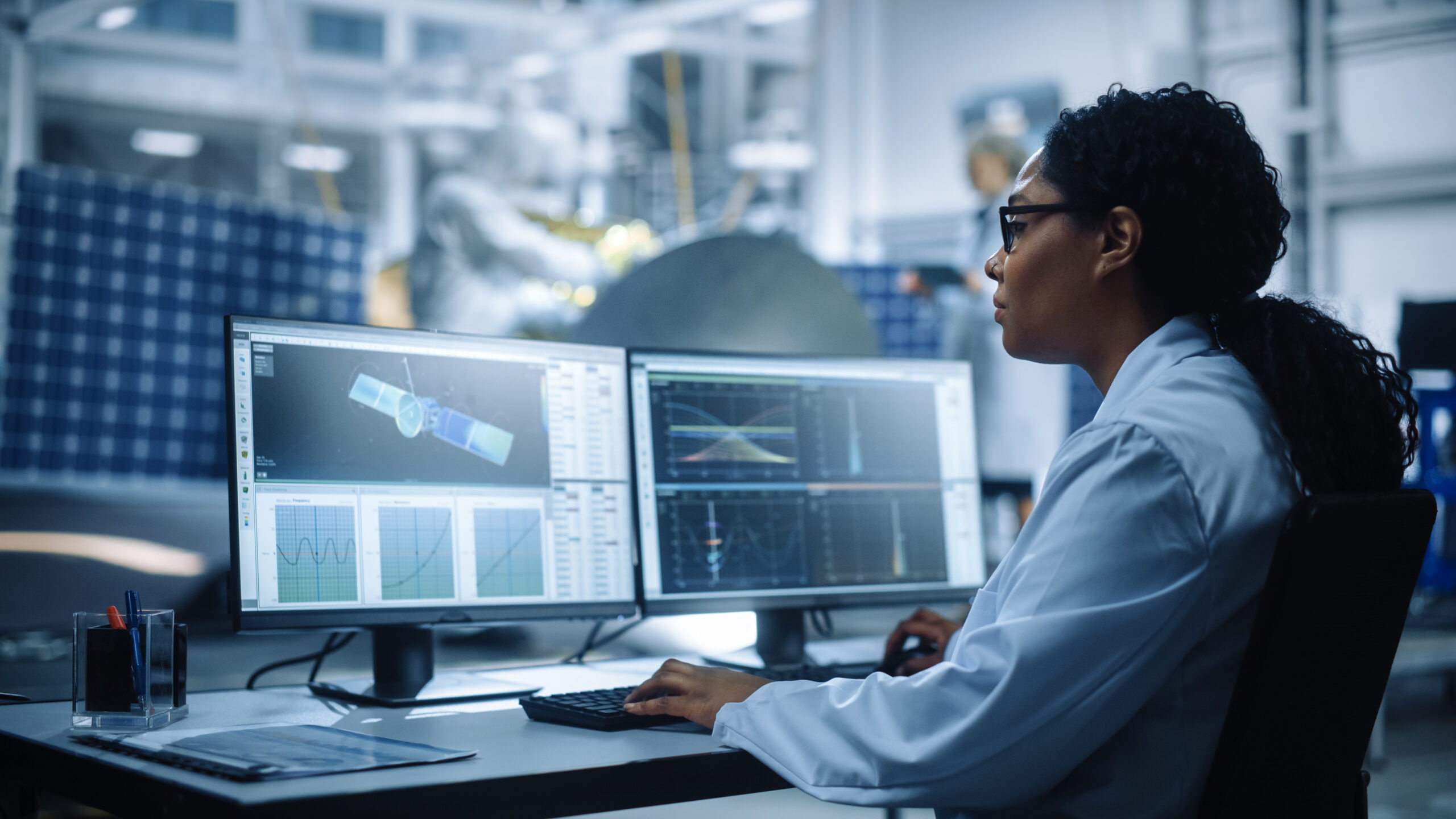How digital transformation can alleviate A&D’s worker shortage and empower engineers

The aerospace and defense (A&D) industry is in the midst of a worldwide shortage of aerospace engineers numbering in the tens of thousands. With many long-time engineers retiring and companies struggling to recruit replacements, this risks slowing the development of new products. Although, companies may be unable to increase the number of prospective engineers, they can instead multiply the effectiveness of the engineers they currently have. With digital transformation, companies can bridge the gaps between engineering domains with technologies like the digital twin and data aggregation algorithms, ushering in a new, more productive, and innovative way to work as an aerospace engineer.
Document-based isolation
A significant issue that decreases the effectiveness of today’s engineers is the existence of siloed engineering domains. Engineers in different domains like mechanical, electrical, fluid dynamics, etc. often use different software to create and test their designs. This forces them to transfer and receive data between each other’s teams to ensure all the systems work together in the final product, but the methods used to exchange data today are slow and inefficient. Engineers end up spending most of their time searching or waiting for data instead of doing any engineering.
These methods have hardly improved over the course of the A&D industry’s existence. Paper documents were used for a long time as they were the only option at the time, but with products becoming more complex and integrated, the sheer number of documents is growing to be unmanageable. Computers offer new ways of exchanging information, but very little actually ends up changing. The information paper documents contained has simply been relegated to spreadsheets sent through team chats and email. In other words, engineers have traded inefficient paper documents for inefficient electronic documents, spending just as much time chasing down data.
Building bridges with digital transformation
Cutting away the inefficiencies electronic documents have inherited from their paper progenitors would free engineers from this burden, and digital transformation offers solutions to do so with tools like the digital twin. As the virtual representation of a product, the digital twin can act as a single source of truth that integrates data from multiple engineering domains. Engineers can access the digital twin to find the information they need, rather than spending hours or days looking through files or waiting for colleagues’ responses to data requests.
The digital twin can also be further enhanced with the inclusion of artificial intelligence (AI) and machine learning (ML). AI algorithms can be utilized to aggregate data based on engineers’ requests around the digital twin with remarkable efficiency and move the responsibility of gathering data away from engineers. This gives engineers more time to do important work, such as designing models, testing them, and iterating on their results. The productivity of individual engineers would increase, allowing a small team managing a digital twin to do the same as, if not more than, a larger team managing separate individual systems.
A new A&D industry
Digitally transforming A&D’s engineering domains not only boosts the impact of current engineers, but also builds a better working environment to attract new ones. More than anything, engineers want to create and innovate. Doing either is difficult when one spends most of their time sorting out documents for data, physically or electronically. By using the latest in digital technology to bridge together engineering domains and optimize the design process, it will be easier for engineers to move forward on designing new aircraft and spacecraft, increasing the attractiveness of the A&D industry to prospective employees.
The shortage of aerospace engineers in the industry has the potential hamper new development, but the innovative solutions of digital transformation give companies new ways to circumvent it. Technologies like the digital twin enhanced by AI/ML can multiply the impact of current workforces by creating a single source of truth – integrating data from across multiple engineering domains into one, easy-to-access location. Not only will today’s engineers improve in productivity, the A&D industry itself will also become a newer, sleeker work environment bolstered by the latest technology for the next generation of aerospace engineers.
Siemens Digital Industries Software helps organizations of all sizes digitally transform using software, hardware and services from the Siemens Xcelerator business platform. Siemens’ software and the comprehensive digital twin enable companies to optimize their design, engineering and manufacturing processes to turn today’s ideas into the sustainable products of the future. From chips to entire systems, from product to process, across all industries, Siemens Digital Industries Software is where today meets tomorrow.


